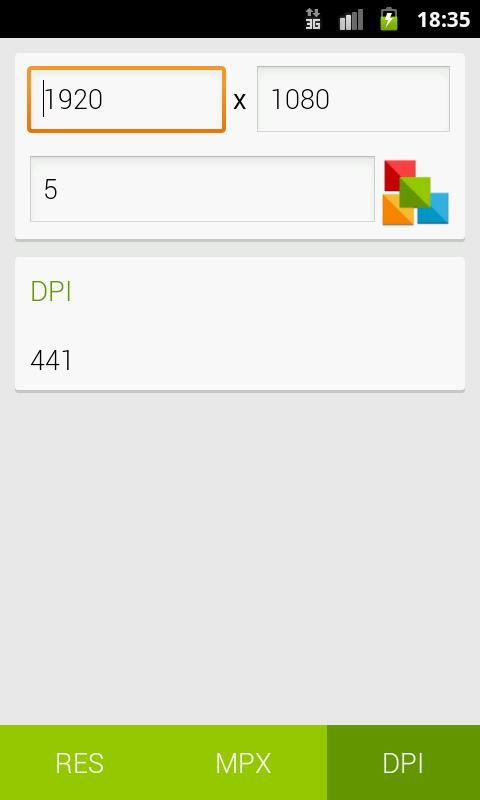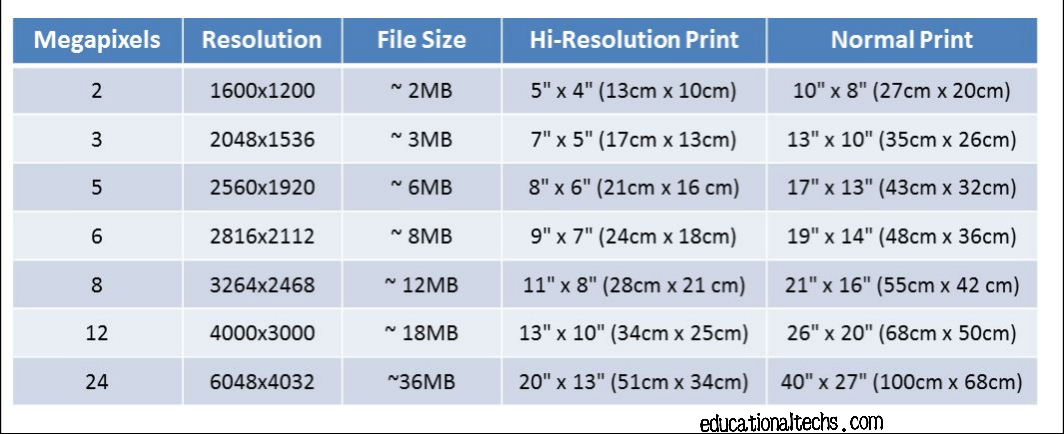


The range of megapixel cameras continues to expand to accommodate various application requirements. The lowest resolution in the megapixel range in the security market is around 1.3 megapixels, which provides 1280 x 1024-pixel resolution (or 1.3 million pixels), and we’re already seeing security cameras with resolutions as high as 10 megapixels (3,648 x 2,752 pixels). Any camera with a resolution of more than a million pixels is by definition a megapixel camera. HD is defined by specific resolutions at specific frame rates with a specific aspect ratio. One could consider HD a subset of megapixel. Megapixel cameras can offer image resolutions higher than broadcast HD resolution, and I think an explanation is in order. In fact, the broadcast (or consumer) HD resolution should not be seen as the goal in video surveillance. Because the terms HD and megapixel both indicate an improved level of imaging performance compared to traditional analog images, they are often thought to be the same, but there is a difference. The images produced by this new generation of cameras are often collectively referred to as high definition (HD) or as megapixel images. Also emerging is use of the HDTV standards that are prevalent in the consumer video market. As IP-based video systems continue to gain widespread popularity in the video surveillance market, one of the benefits is the ability to capture high-resolution images through megapixel video.


 0 kommentar(er)
0 kommentar(er)
